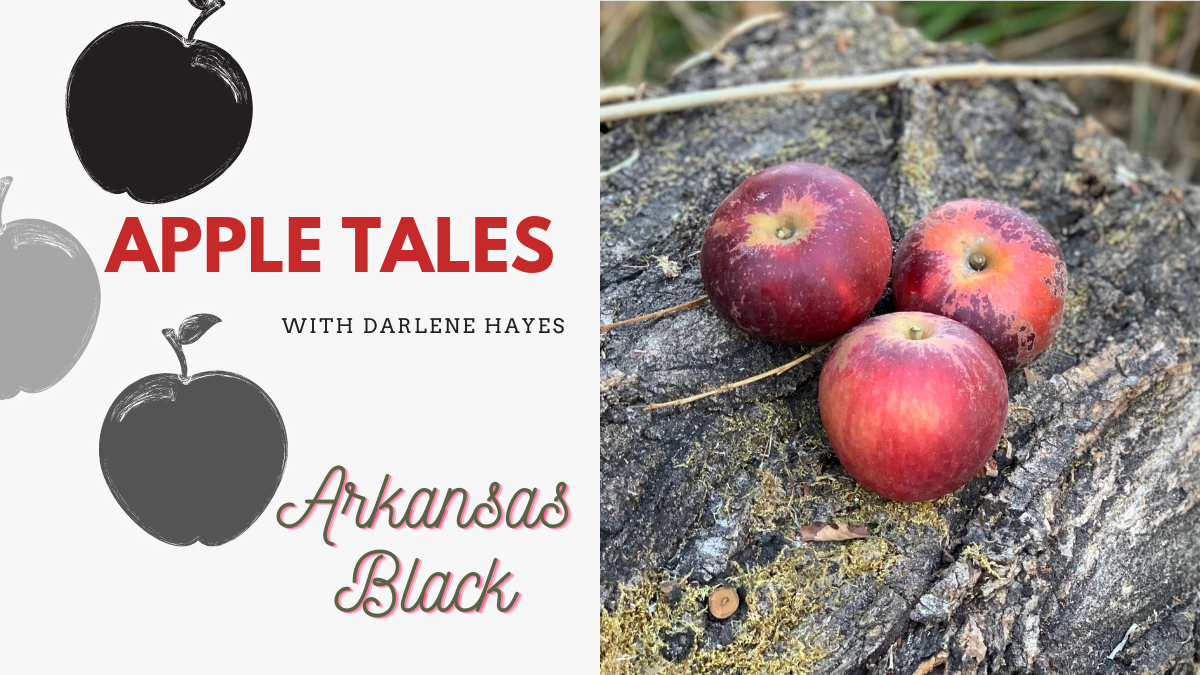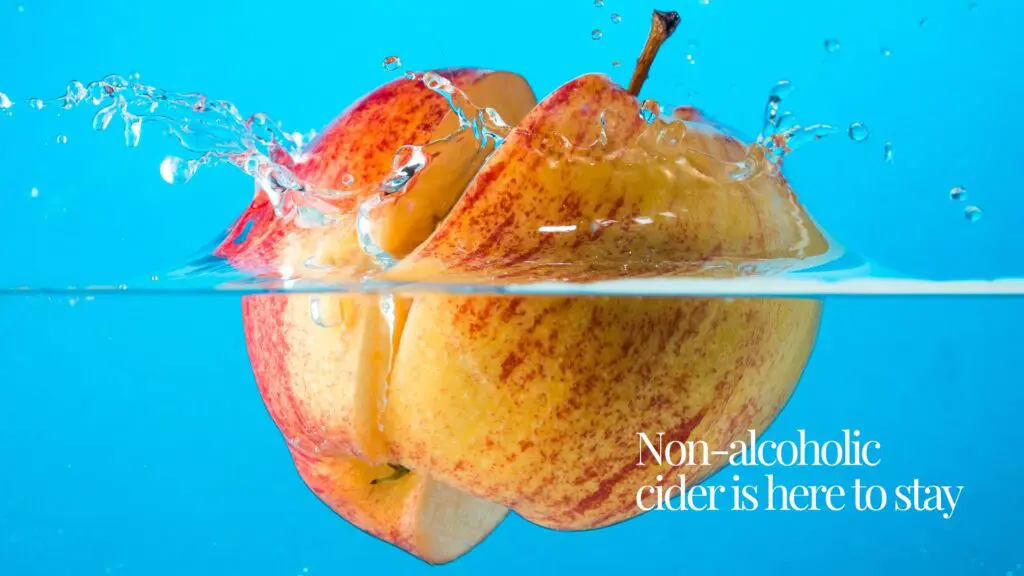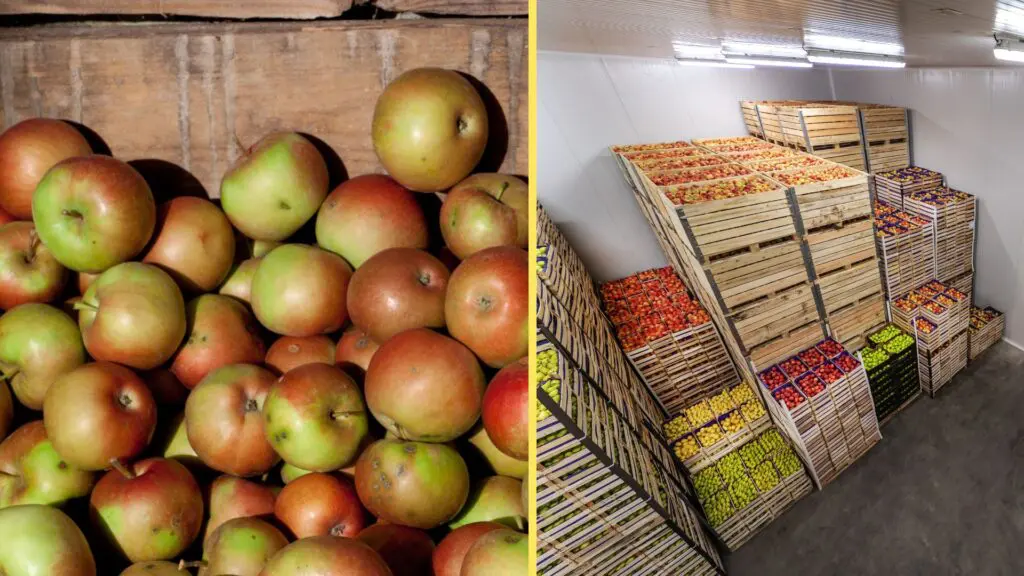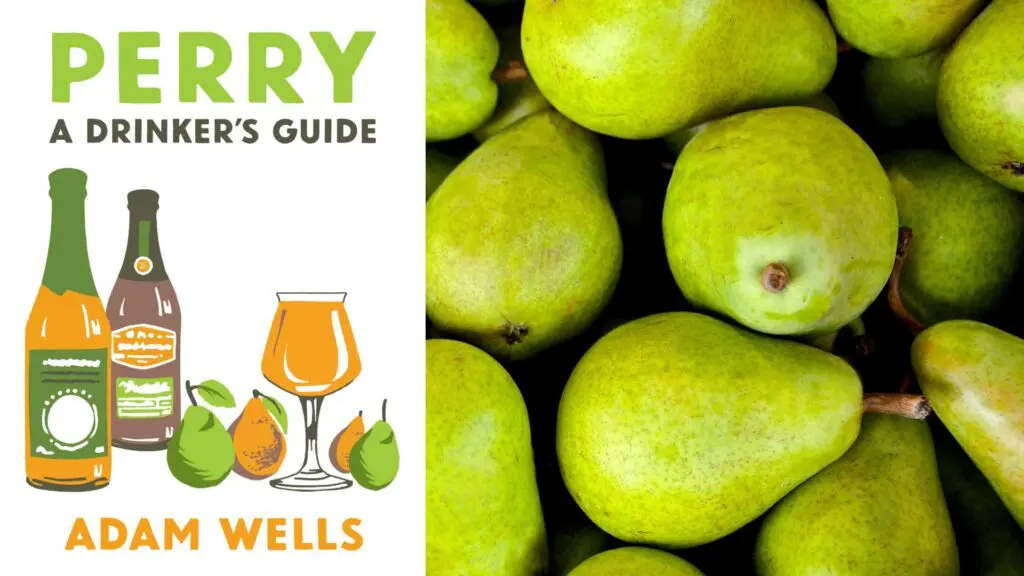Apple Tales with Darlene Hayes
There were trees as far as the eye could see, boughs heavy with apples ripening in the golden October sun – 1.6 million trees growing on an estimated 40,000 acres at one count, 2.5 million a decade later. You would be forgiven for thinking this was New York’s Hudson Valley or southeastern Washington, but you would be wrong. In the year 1900 the place with more apple trees than anywhere in the United States was Benton County, Arkansas. Now known more as the home of the international chain Walmart, Benton County, and it’s capital Bentonville, was once a powerhouse of apple growing and apple drying, as well as cider and apple butter. It was also the birthplace of Arkansas Black.
John Braithwaite (1811-1890) is the man credited by pomologists with planting the seed that became Arkansas Black. Just when this Englishman arrived in North America has been lost to history, but by the early 1840s he was in northwestern Arkansas, married to the widow Sarah (aka Sally) Dickson McCurdy (1819-1892), and starting a family.
The Dicksons were people of note, both in the new state of Arkansas (admitted to the union in 1836) and their home state of Tennessee. The head of the Dickson family was Joseph Dickson (1745-1825), captain in the Continental Army, rising to general by the Revolution’s end, and Sarah’s grandfather. Serving as a member of the U.S. House of Representatives from 1799 to 1801, his full-throated support of Thomas Jefferson gave Jefferson the presidency in the tied election of 1800. Dickson would not have known at the time, or probably cared, but his support of Jefferson set up the circumstances that led Braithwaite to plant the fateful apple seed.
It started with the Louisiana Purchase, the acquisition from the French of lands east of the Mississippi River, which doubled the size of the newly independent United States. It apparently didn’t concern the colonial powers involved that the land in question didn’t actually “belong” to the French. Others had lived there for centuries, the Tsalaguetiyi (Cherokee) and Osage, for example. The deal was completed in 1803, the same year that Dickson moved himself, his family, and his 13 or so slaves from North Carolina to Rutherford County, Tennessee, and began to accumulate expansive agricultural landholdings there, as well continuing his political career in the Arkansas State House of Representatives.
After the French and Indian War of 1763, the British government had agreed that no new British settlements would be made east of the Appalachian Mountains, though that didn’t really stop people from moving there anyway. Now that there was a new government in charge, it was full speed ahead for westward expansion. It took some years to carve this enormous piece of land into more administratively manageable chunks, pushing out the native people by war or treaty along the way. Arkansas Territory was created in 1819. Sarah Dickson moved there with her first husband, Allen McCurdy (1807-1837), in the mid-1830s. Her father Robert and several uncles, brothers, and cousins soon followed suit, as did John Braithwaite.
Who knows why they chose Arkansas’ largely undeveloped northwest corner. The Ozark Plateau, with its rough, hilly terrain, was unsuited to large-scale cotton plantations – but good for orchards. The altitude kept the nights cool, and there was plenty of water. According to J.B. Lawton in his History of the Fruit Industry of Arkansas (1901), one of the Dicksons planted an orchard just outside of Bentonville (called Osage at the time) in 1836. Braithwaite planted a nursery nearby in 1843, probably on land owned by his father-in-law, and was selling grafted trees to new settlers by the following year. The area was so cut off from most regular supplies that people were primarily planting to feed their families. The commercial fruit industry did not start up in earnest until the arrival of the railroad in 1881, finally giving the area easy access to nationwide markets.
Lawton writes that Arkansas Black was one of the ungrafted seedlings in Braithwaite’s 1843 nursery. A decade after Lawton, James Marks wrote that Braithwaite discovered this seedling had fruited in 1865. He’d just returned home after a four-year absence having chosen to sit out the Civil War elsewhere, a reasonable decision since Bentonville was largely destroyed during the conflict as first one side then the other moved through burning buildings as they went.
Not a prolific bearer and prone to scab, Arkansas Black was not an immediate hit with every pomologist that wrote about it. It does, however, have two attributes that has kept it in orchards from New York to Oregon. First is its rich, dark red, almost-black color. It also has extraordinary keeping ability, up to three and a half months in ordinary storage. Though it does not command the acreage that it once did, Arkansas Black continues to be grown to some extent across the United States.
It may be Arkansas Black’s heirloom status that prompts cidermakers to ferment it. One can most often find it in blends, though there are a handful of single-variety ciders out there as well. It was a challenge to find a common theme in the ones I tried, though all were largely devoid of tannin (think crisp white wine). Some had pronounced aromas and some were quite restrained; some had significant acidity, some not so much. Is this a reflection of terroir or cidermaker choices in the cellar?
Albemarle Ciderworks – North Garden, Va.
Tasting notes: Dry; lime zest, guava, honey, white flowers, peach and apricot; sparkling
2016 | 7% ABV
Botanist and Barrel – Cedar Grove, N.C.
Tasting notes: pear skin, green plum skin, gooseberry, lime zest and lemongrass; sparkling
2019 | 7.5% ABV
Pen Druid Fermentation – Rappahannock, Va.
Tasting notes: green pear, pear skin, peach, lime juice, quince, mint and eucalyptus; sparkling
2019 | 6.3% ABV
Gopher Glen – San Luis Obispo, Ca.
Tasting notes: Dry; quince, guava, mandarin orange, tart apple skin and pear juice; sparkling
2018 | 8% ABV
How can you read prior Apple Tales? Check them out below.
Ashmead’s Kernel: From unknown origins to an apple of great distinction
The Jonathan: How does an apple become famous?
A classic English apple, Porter’s Perfection
A longer form of this article first appeared at allintocider.com.









